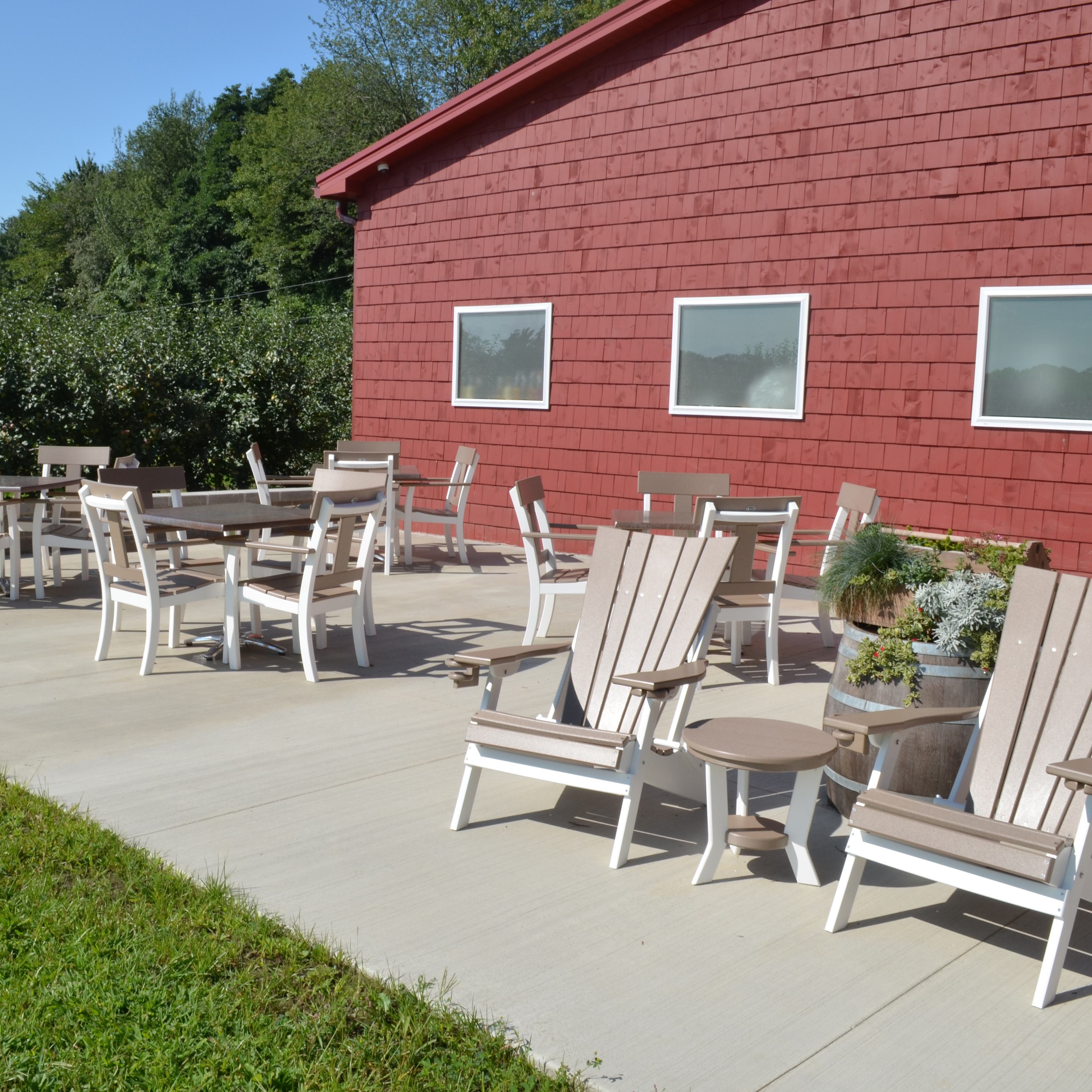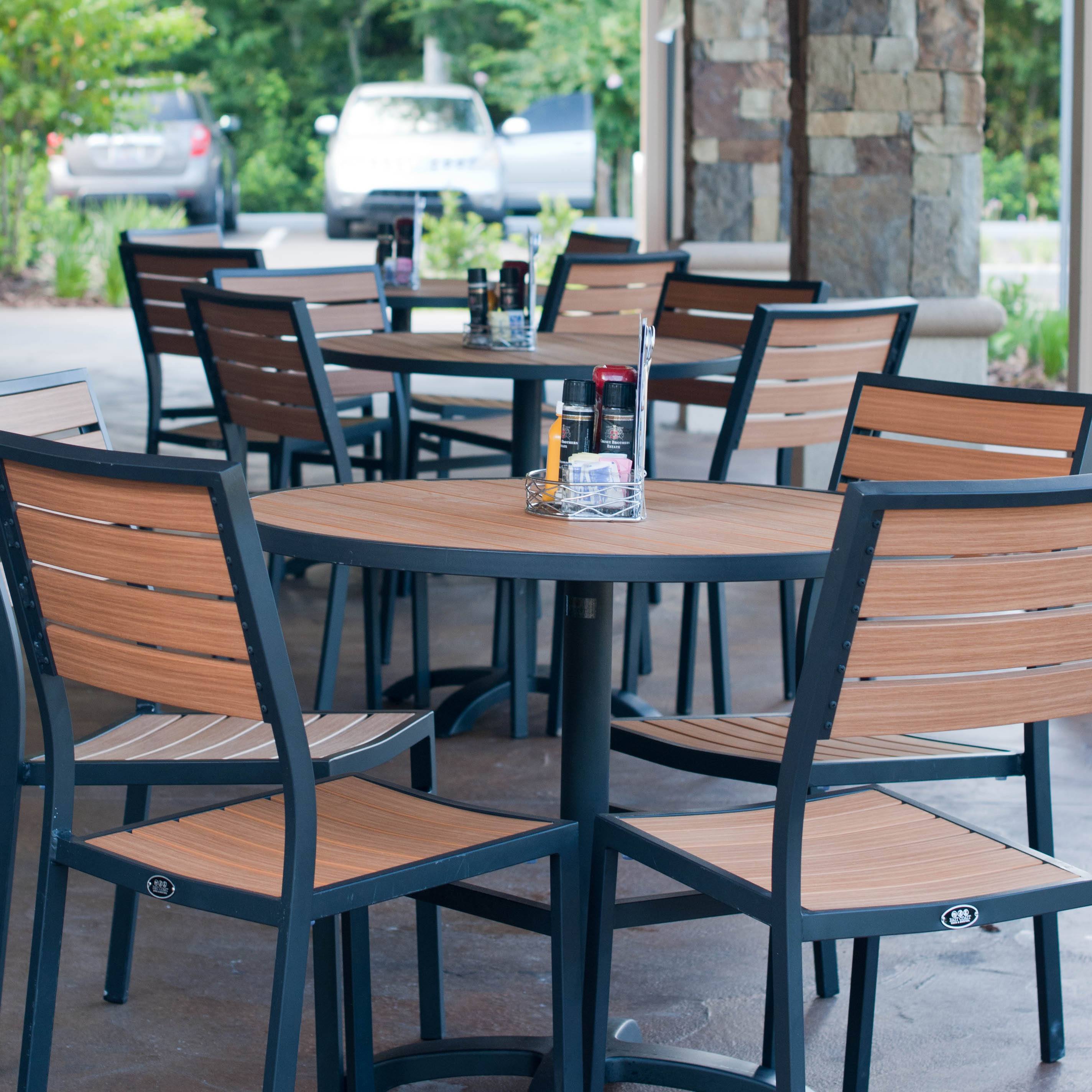The weather is just beginning to cool, and already people are yearning for cozy sweaters, pumpkin spice lattes, and that crisp nip in the air. While we still have a few weeks before the weather turns, it’s time to start thinking about revamping your menu for the fall.
The general theme? Heartier dishes. When people are cold, their bodies have to burn more calories to keep their temperature up. As a result, many people feel hungrier during the fall and winter than spring and summer.
Plus, without trips to the beach on the horizon, people tend to be a little more lax with their meal choices.
So bid a fond farewell to perfect peaches and crispy asparagus, and say hello to gourds and squash, fall apples, and the wonderful world of root vegetables.
Appetizers
Let go of the cool, light apps like spring rolls, gazpacho, and hummus. Instead, set the stage with a warm, cozy starter. Gulf oysters are in season year ‘round, so a grilled oyster app is a good option. Or gooey baked brie with a warm baguette. If you do want to keep a cold starter on the menu, try to stick to seasonal fall ingredients. Eggplant is available all year, so baba ganoush might be a hearty dip to consider.
And the soups! Who doesn’t love a warm bowl of soup or chowder on a cool day, served with a warm slice of crusty, homemade bread? French onion with savory beef broth, thick baked potato soup, and classic minestrone all make wonderful starters. Just keep portions small, or no one will want to order entrees.
Salads
Just because the summer salad season is coming to a close, that doesn’t mean there isn’t room for salads on your menu throughout the colder months. Just bring a heartier approach.
Swap out the watery greens for more fibrous options, like kale or spinach. These greens will hold up well to heavier toppings and dressings.
Instead of only raw veggies, add some warming roasted root vegetables to your salads. Roasted beets, butternut squash, and sweet potato will add a filling bulk. You can also beef up your fall salads with hearty grains like farro, quinoa, and couscous. Pearl couscous does particularly well in salads, because of the larger grains.
For sweetness, look for fruits that are in season in the cooler months, like Asian pears. Certain apple varieties like Braeburn, Fuji or Pink Lady are also at their peak in the fall. Dried cranberries are another popular fall fruit that will provide little pops of sugar. And they all go well with some crunchy fall nuts, like walnuts, pecans and pine nuts.
Sides
With so many delicious root vegetables in season, fall sides are abundant. Half of a roasted acorn squash drizzled with maple butter is hard to beat. Pan-roasted Brussels sprouts with crispy, salty pancetta are another favorite. Or you can sauté fall greens like Swiss chard or spinach for a light side option.
Any roasted root vegetable will create a good base for a fall side, from basic potatoes and carrots to parsnips, turnips, beets, and squash.
But fall sides aren’t limited to veggies. A gooey pasta side-dish will stick to the ribs as well. Bring a fall flavor into the mix by making a pumpkin sauce. Or update gnocchi for the season by substituting sweet potatoes for regular potatoes.
Entrees
Any protein can be turned into a fall dish with the right preparation and accouterments.
When cooking, think long slow-roasting and braising for the richness of flavor that we’re craving in cooler weather. Duck confit, roast chicken, lamb shanks braised in red wine — all great fall options.
Pork stuffed with apple and walnuts is a classic fall combination that you can play with. Mushrooms are most plentiful in the fall, and they are a great addition to pan sauces for steak and pork.
For seafood, cioppino (a warm and hearty seafood stew) is a lighter option that guests may appreciate. Cod, salmon, grouper, and flounder are all fish that are widely available in the fall as well. Fish is a great addition to your menu all year, as it can easily be tweaked to fit the season with the right sides and herbs.
Warming spices and flavors
Pumpkin, cinnamon, and nutmeg aren’t the only fall flavors out there. Mint, parsley, and rosemary are all fall herbs that you can work with on your menu.
And there’s no need to stay away from citrus on your fall menu. While we often think of citrus as a summer fruit, some varieties are actually best in the fall. Valencia oranges are in season from April to December, while Navel oranges don’t ripen until November. Lemons are in season year-round, and Mexican limes ripen between August and December.
Spicy food may be a good addition to your fall menu. It can be too much to eat a spicy dish on a hot day, but when the weather is chilly that capsaicin can provide a welcome flush. And consider warming spice blends from around the world. Curries and Indian spices like garam masala have a little heat that will warm your guests up from the inside out.
Desserts
It’s time to retire the ice creams and sorbets and instead get baking. Fall is the perfect time for pies, cakes, and crumbles.
Apple, sweet potato, pumpkin, pecan and buttermilk pie are all fall pie staples. Other fall flavors like cranberry, ginger, and carrot can be used in desserts like cookies and cakes.
You can also skip the fruits and veggies and go heavy on the chocolate. Cakes, bars, and trifles with chocolate, caramel, and peanut butter are the kind of dense fare that does well in the fall.
If you do want a cold option, you could try to incorporate a fall flavor. Orange or lemon sorbets are light but include fall-appropriate citrus.
Cocktails and Coffee
While some wine drinkers are purists following strict rules about what to drink based on their food selections, many others are seasonal drinkers. These types tend to prefer chilled whites and rosés in the summer, and room temperature reds in the winter — regardless of what they’re eating. So make sure the red wine selection is up to snuff. You’ll want plenty of merlots, cabernets, and pinot noirs to keep the chill off.
If you have the space for it, consider adding some warm drinks to your cocktail menu. Irish coffees are simple, and just require a coffee pot within easy reach of the bar. If you want to get a little more involved, you can make hot spiked cider, or mulled wine. These can be put in an air pot for easy service.
Bourbon and whiskey are also popular when the weather gets cold. So consider adding fall-inspired whiskey drinks like a Cranberry Old-Fashioned or an Apple Cider Manhattan.
Experiment with fall spices in your drinks like nutmeg and cinnamon. There are even pumpkin-flavored liqueurs that you could use for a boozy take on the famous coffee drink.
For non-alcoholic options, try to add some herbal teas, hot cider, and even hot chocolate to the menu.
Descriptions
Since you’re updating the menu anyway, spend a little time thinking about your descriptions. Menu seasonality is important to a lot of people. So if you’re using lots of seasonal fall ingredients, play that up on your menu. Even better if you are able to use some local ingredients!
People are looking for comfort and coziness when the weather gets cool. Can you bring that feeling to your menu? Emphasize rich and creamy textures. Try peppering in snuggly words like “warm” and “toasty”. Try to position your food as the perfect cap to a chilly day.
Conclusion
Since fall is the most popular season with Americans, it’s worth it to try to capitalize on these short-term flavors!
Transitioning your menu from summer to fall is a shift, but it doesn’t have to mean you start from scratch. With the editing of some of your sides and flavor profiles, you should be able to pivot much of your menu to one more appropriate for cool weather.
Swap out some apps and desserts, and you’ll be all set for fall!






